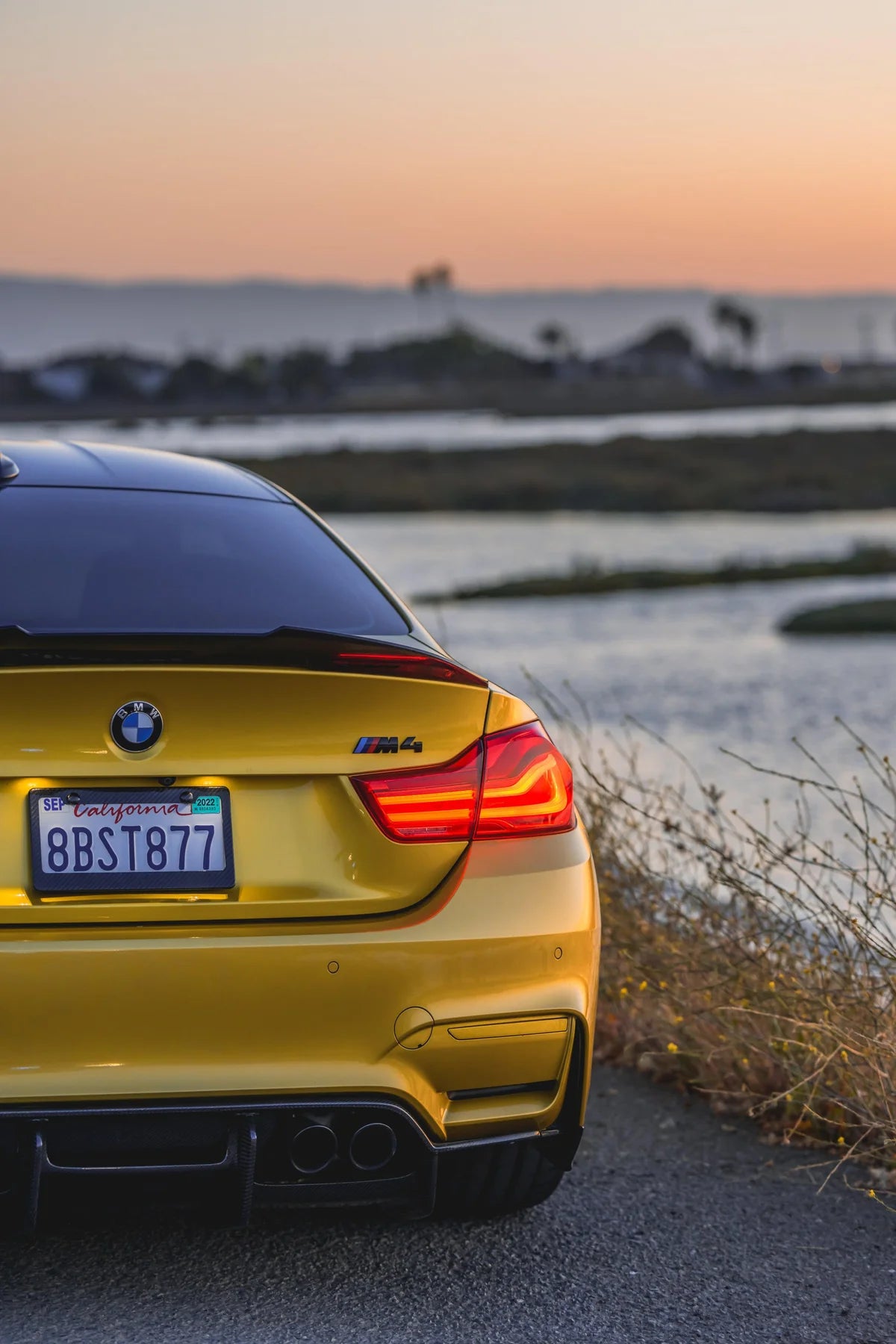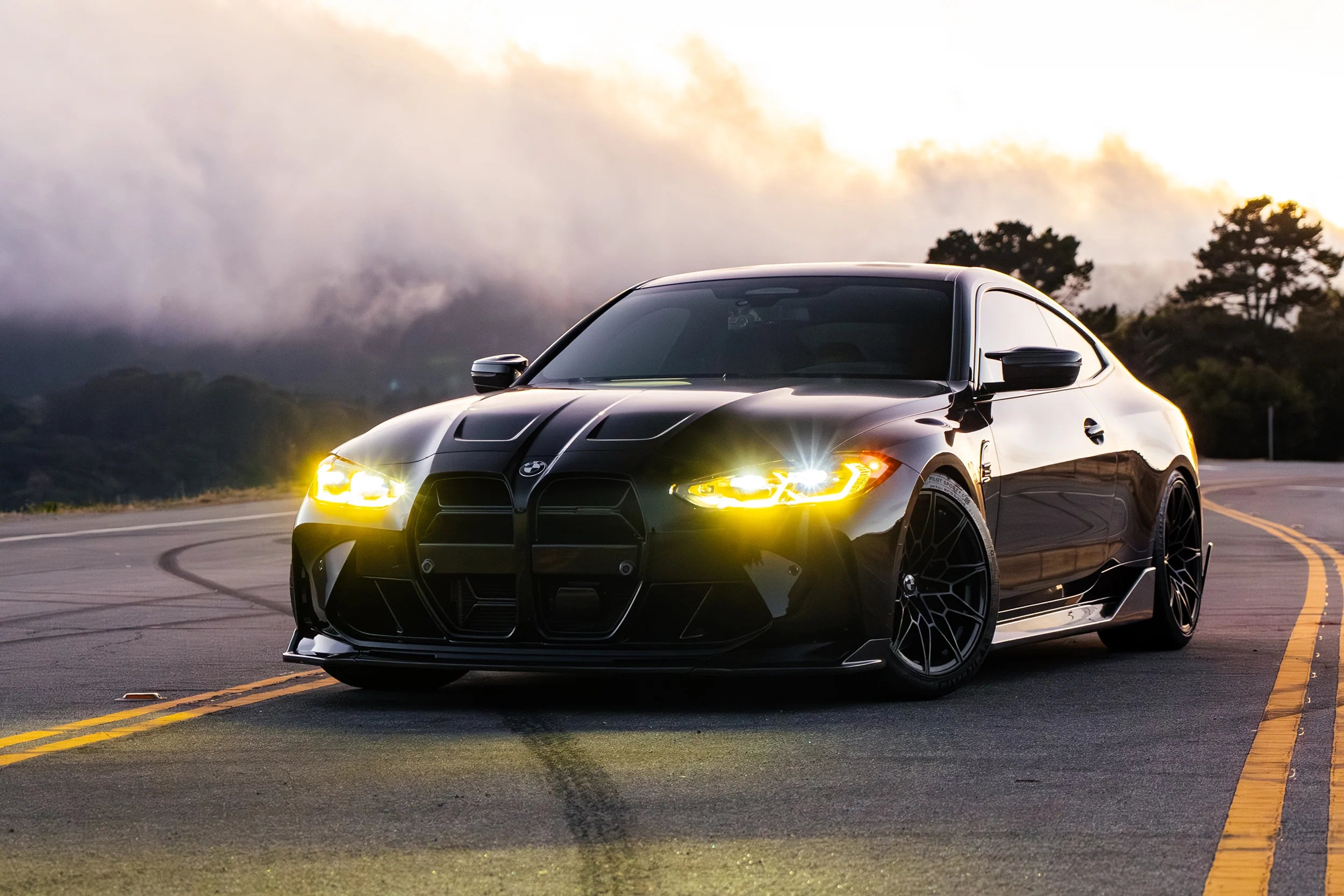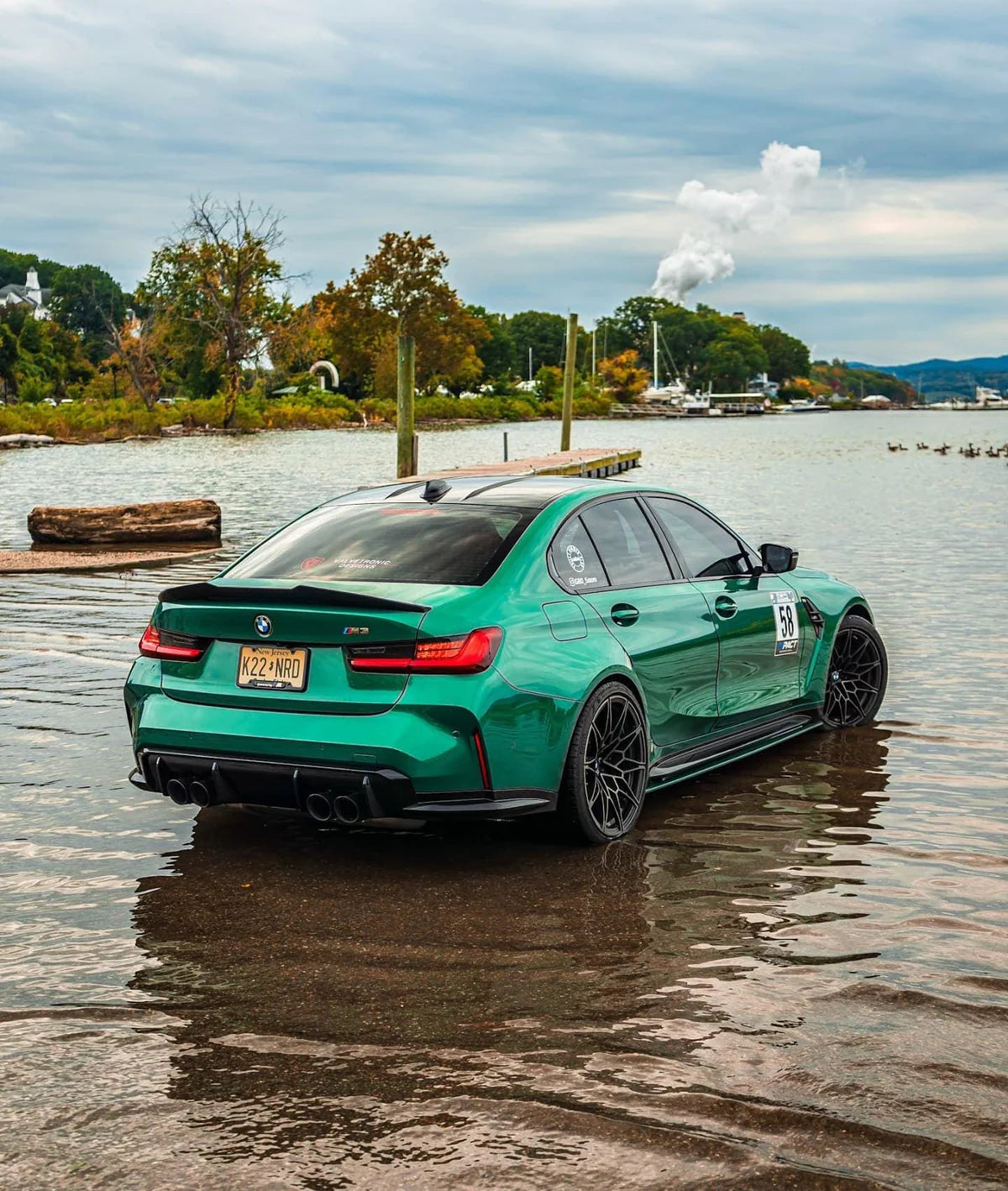
Background of Car Modifications
Car modifications have a rich history dating back to the early days of the automobile industry. Here's a quick overview of how car modifications started:
-
Early Customization: In the early 20th century, car enthusiasts began modifying their vehicles to improve performance, appearance, and functionality. This often involved changes like painting, adding custom upholstery, and enhancing engine performance.
-
Hot Rods: The 1930s saw the rise of hot rods, which were modified cars designed for speed. These modifications included engine swaps, lighter bodywork, and other enhancements to achieve higher horsepower and faster speeds.
-
Post-WWII Era: After World War II, surplus military vehicles were readily available, and enthusiasts started customizing them for off-road use, giving birth to the off-roading and 4x4 modification culture.
-
Muscle Cars: The 1960s and 1970s saw the popularity of muscle cars, and many enthusiasts modified these vehicles with aftermarket parts and engine upgrades to boost performance.
-
Import Tuner Culture: In the 1980s and 1990s, the import tuner culture emerged, where car enthusiasts modified compact and import cars for performance, often adding aftermarket exhausts, suspension, and turbochargers.
-
Drifting and JDM: Drifting gained popularity in the late 20th century, leading to the modification of cars for precise handling and control. Japanese Domestic Market (JDM) cars became particularly popular for these modifications.
-
Customization Boom: With advances in technology and a thriving aftermarket parts industry, car modification has become more accessible and diverse. Enthusiasts can now modify their vehicles for style, performance, and personalization.
Today, car modifications continue to evolve, with enthusiasts customizing vehicles to suit their unique tastes and preferences, whether it's for racing, off-roading, or simply enhancing the aesthetic appeal of their cars.
Bimmer Plug continues to bring aesthetically pleasing, high-quality upgrades to luxury European cars.


